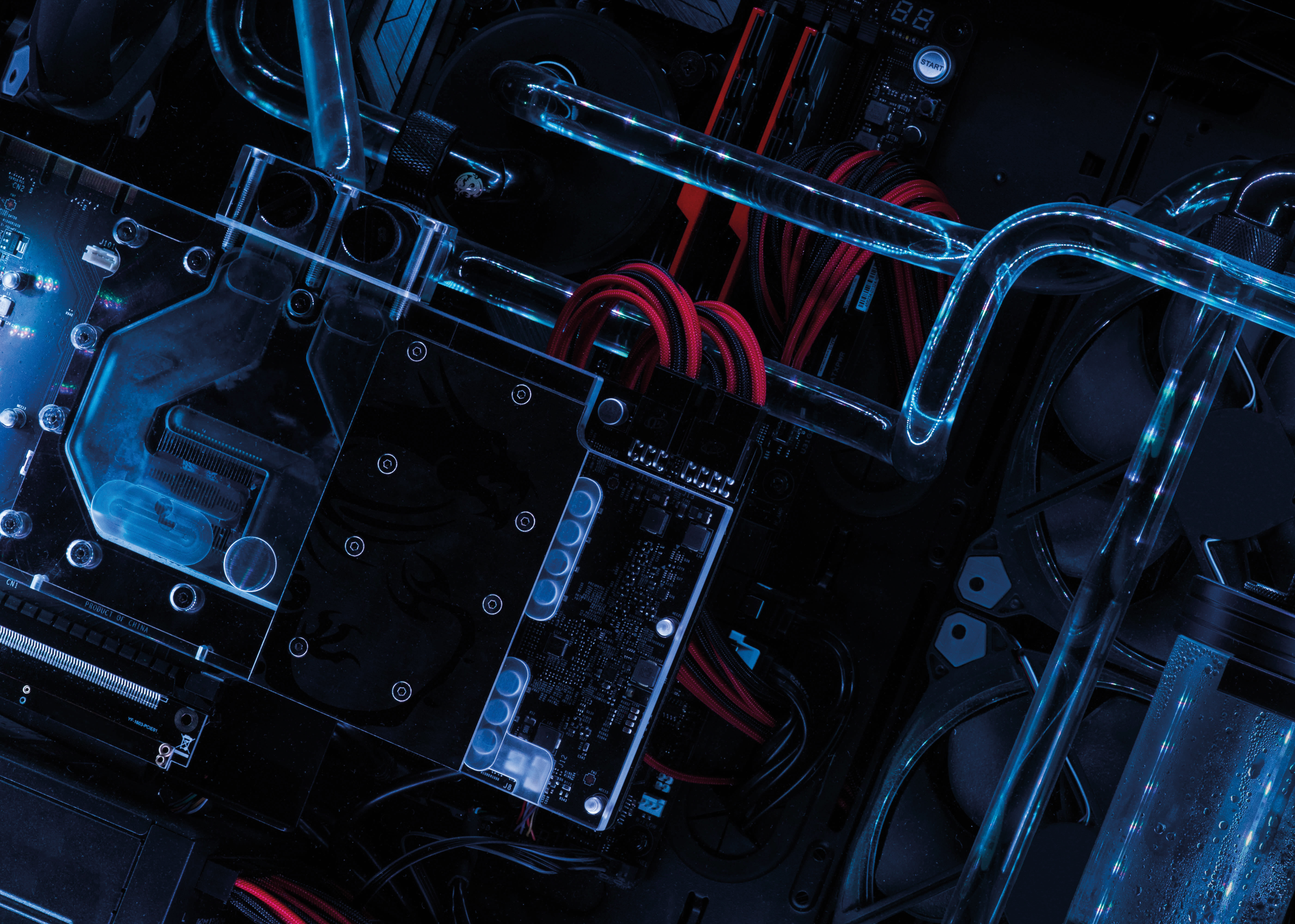Sioux Technologies helps customers with their System Control Software and Digital Twinning approach by the development and deployment of new software applications and features within existing (legacy) software systems of their equipment portfolio.
Legacy systems are the unsung heroes that are driving your organization’s achievements. They are the foundation of your success, containing essential domain knowledge and unique processes, which unfortunately are not always properly documented. However, the high-tech world is moving forward at a high speed. Therefore, systems need to do more than just exist and function in their original form. They must be adapted, expanded and transformed to meet the demands for the next generation platforms.
Continuously maintaining and evolving the software of existing machines within your portfolio presents significant challenges on many fronts. It can put a big strain on resources – time, budget, people involved and domain knowledge. In addition, there are technical hurdles, including outdated technology, scarce documentation, security risks and challenges related to domain knowledge that may have left the company. Addressing this complex topic creates the urgent need for modernization and strategic solutions.
In today’s dynamic high-tech market, standing still means falling behind. Innovation, agility and swift response to emerging demands and requirements are paramount. Legacy systems that once drove progress, can now limit or even stagnate growth. Modernization ensures improved efficiency, cost reduction, optimization of expandability and obsolescence management. This forms the foundation for future product releases and prevents potential disqualification. Sioux helps you achieve these goals.
Legacy systems are typically monoliths; highly complex, intertwined, and inflexible software components based on old concepts and dependent on outdated tools. Sioux has developed a unique approach to ease the maintenance and modernization of these systems and uses a practical incremental process of continuous improvement and innovation. This approach is called “System Evolution Through Module Revolution “, and it empowers us to transform your legacy systems into a manageable state.
Sioux can act as an extension to your R&D department and provide excellent aftercare over the entire lifetime once your product is on the market. In addition, we provide the tools to customers that enable them to continue to make modifications at the same level of abstraction.

Contact for our System Control Software and Digital Twinning - Brownfield approach